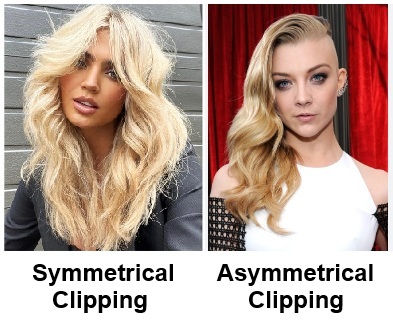Supertwang
Tele-Afflicted
Here’s my generalization,……plug directly into a proper tube pre- and/or amp. And another generalization,….stay away from clipping diodes.Then you'd likely want to stick to overdrive boxes that do their clipping in the amp's feedback circuit (diodes D1, D2 for symmetrical here, easy to spot),
View attachment 1389429
and DON'T have clipping diodes going to ground (symmetrical square waves result)
Here D1, D2 go to ground :
View attachment 1389433
Generalization for sure, don't shoot me.

